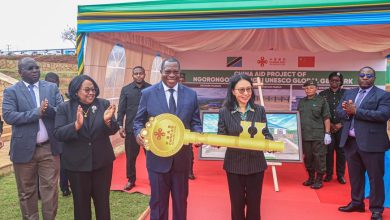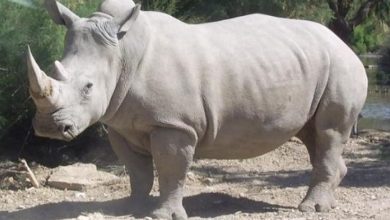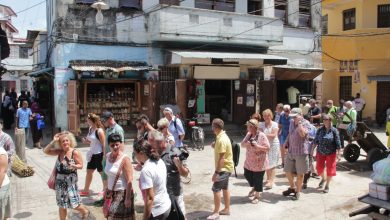World Tourism Day: Sustainable transformation, visit Katavi National Park
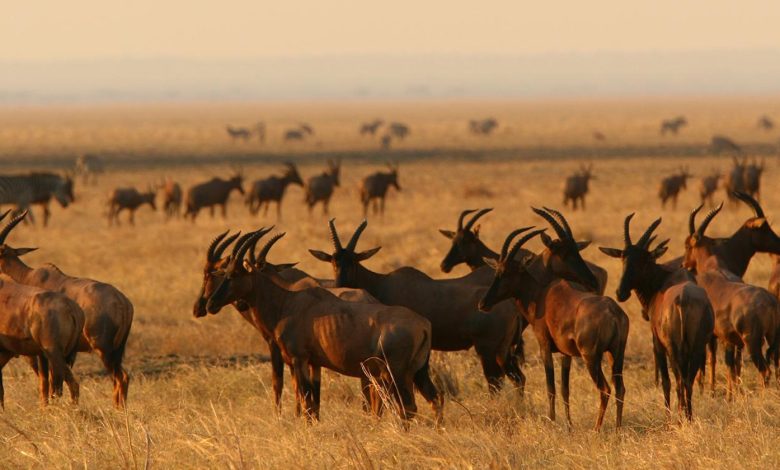
KATAVI: TODAY is the World Tourism Day that highlights tourism’s transformative potential as an agent of positive change.
Realizing this potential, however, demands more than growth alone. It requires good governance, strategic planning, robust monitoring and clear priority setting that align with long-term sustainability goals.
Tourism is more than an economic sector, it is a catalyst for social progress, delivering education, employment and creating new opportunities for all. To unlock these benefits, a deliberate and inclusive approach is essential, one that places sustainability, resilience and social equity at the core of tourism development and decision-making.
Sustainable tourism transformation must begin with effective governance and people-centric planning.
Investment in education and skills, especially for youth, women, and communities at risk of exclusion is crucial. Despite tourism’s growth potential, nearly half of young people in emerging destinations lack adequate training to participate effectively. To bridge this gap, governments and stakeholders must make accessible, high-quality educational programmes and vocational training a priority.
These should be tailored to the evolving needs of the tourism sector and empowering individuals to excel and contribute meaningfully to our collective progress.
Tourism must also be powered by strategic innovation and responsible entrepreneurship. Digitalization and innovative business models present immense opportunities. Thus, supporting MSMEs and startups, especially those led by women and youth, can significantly contribute to inclusive prosperity and sustainable economic diversification.
On the other hand, sustainable investments are also a powerful lever for transformation. Between 2019 and 2024, the sector attracted over 2,300 greenfield FDI projects, representing USD 126 billion in investment.
However, investments must prioritize long-term community benefits, resilience building and climate action. Investments must be smarter and more sustainable. Guided by the UN Tourism Principles of Sustainable Tourism Investment, public and private stakeholders must collaborate to align growth with climate goals, social impact and innovation.
Responsible stewardship of natural resources is another core element. Tourism stakeholders must proactively address their impact by significantly reducing emissions conserving biodiversity and investing in resilient infrastructure to safeguard our natural resources and ecosystems and ensure resource availability for future generations.
This World Tourism Day issues a clear and urgent call: let us commit to making tourism a platform for systemic and sustainable transformation, guided by effective governance, strategic planning, rigorous monitoring and clear collective priorities.
Tourism has the potential not only to foster peace, but to empower, regenerate and sustainably transform our world. The time to act is now. Let’s realize tourism’s full potential to build a more sustainable, inclusive and resilient future for all.
So, today we celebrate World Tourism Day and for Tanzania is marked at Katavi National Park under the theme ‘Tourism and Sustainable Transformation’.
This special day reminds us of the power of tourism in conserving nature, empowering communities, and showcasing Tanzania’s breathtaking beauty to the world.
What does Katavi National Park entail? Katavi National Park, is found on the western part of Tanzania, it was formerly a game reserve; the park was established in 1974. It was originally 1,823km2. In 1997 it was extended to 4,471km2. The park is located 40km south of Mpanda town, being Tanzania’s third largest national park, after Ruaha and Serengeti.
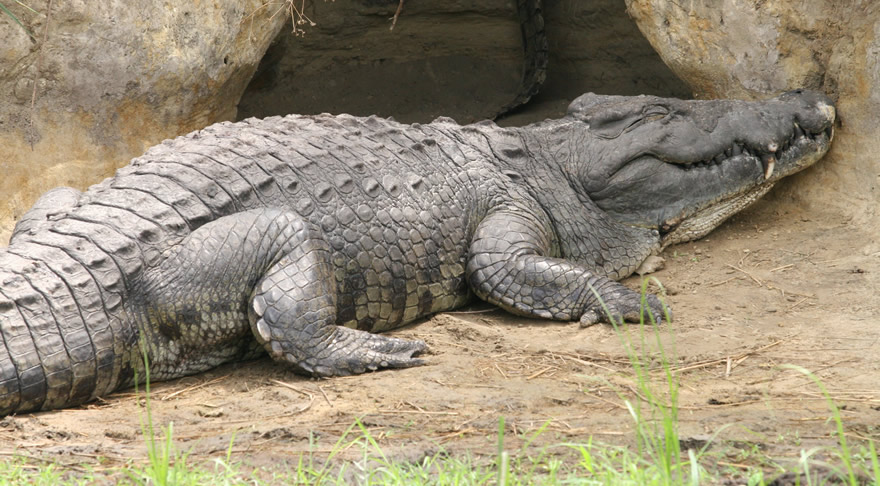
Climate
Park’s climate is classified as tropical. The average temperature is 24.6 °C. In a year, the average rainfall is 1139 mm.Precipitation is the lowest in June, with an average of 0 mm. Precipitation is the lowest in June, with an average of 0 mm. With an average of 231 mm, the most precipitation falls in December. At an average temperature of 26.2 °C, October is the hottest month of the year. July has the lowest average temperature of the year. It is 22.7 °C.
How to get there
By Air: Several companies arrange charter flight from Dar es Salam, Mwanza or Arusha cities to either Mpanda airport which is located in Mpanda town or to Sitalike and Ikuu airstrips inside the park. Usually, every Monday and Thursday. Coastal Aviation Charted flight within the park Ikuu airstrips.
By Road: From either Dar es Salaam via Mbeya (1513Km), Dar es Salaam via Tabora (1392km), Arusha via Tabora (1015.7km) or Mwanza via Tabora-Inyonga (741 km).
By Rail: It is also possible to reach Mpanda by train from Dar es Salaam via Tabora then catch a public transport to Sitalike, where game drives can be arranged.
Tourism activities
The park is endowed with various tourism activities that visitors can do during their visit. The activities include nature walking safaris (short walking safaris, long walking safaris, picnicking, filming, camping, birding, bush meals, night game drive, hiking and game viewing.
Game Viewing: This activity is conducted from 06:30 – 18:30 HRS, no additional fee for this activity.
Long walking safari (Chorangwa Hiking Trail): Long walking safari (Chorangwa Hiking Trail) It takes more than five hours walking, more than 10kms long.
Short walking safari (Sitalike Walking Trail): Short walking safari (Sitalike Walking Trail) that range from 1-9kms Long, it takes more than three hours.
ALSO READ: Mount Lolmasin: Tanzania’s third highest peak, living legend
Birding: Katavi offers an outstanding diversity of birdlife, it has more than 450 species of birds, ranging from turkey sized group hornbill to the tiny sun birds.
Camping: Special campsites: places that are identified as potential with maximum exclusivity for visitors to stay for a night, usually these places don’t have facilities; ensure everything inn should be taken out. Pre booking through park contacts is required.
Public campsites: These are places with all important facilities available like toilets, bathrooms, kitchen, dining and water.
Flying Camping: a very prominent mode of special camping where visitors maximize privacy, adventurous and unique experience offered as moving safari, by stop and move.
Bush meals: Bush meals exemplify the available places where visitors can take their food while doing game viewing or after walking safaris.
Filming: Taking recording picture for business purposes, or any official use, Filming fee: US $250 charged per person/day and covers conservation, camping and filming fees. Applicable to all visitors.
Night game drive: Night game drive the activity conducted during the night, using open vehicle and special spotlights to observe nocturnal or active during animals during night’ and their behavior. It gives an opportunity to see the range of animals which are generally unseen during the day.
Picnicking: They are best places for outing or excursion in which participants carry food with them and share a meal in the open air.
Hiking: Walking through trails to a waterfall It is being practiced in Katavi National Park, 17 Kms walking Trails to an elevated point where it will be easy to view Waterfalls it includes Chorangwa, Lukima and Ndido waterfalls within the park.


